PPT-6 - Lecture notes 2 PDF

| Title | PPT-6 - Lecture notes 2 |
|---|---|
| Author | Jerin Joy |
| Course | Managerial Economics |
| Institution | Symbiosis International University |
| Pages | 12 |
| File Size | 140.2 KB |
| File Type | |
| Total Downloads | 70 |
| Total Views | 140 |
Summary
Class Notes...
Description
Short Run production Which factors can we change? Agriculture Land
Not possible
Car manufacturing
Airlines sector
Not possible
Not possible
Labour
Possible
Possible
Possible
Capital
Not possible
Not possible
Not possible
Not possible
Not possible
Enterprise
Not possible
Long Run Production
1. Land: Possible to buy new land
2. Labour: Can change all kinds of labour
3. Capital: Possible to buy new heavy machinery, Huge loans
4. Enterprise: Possible to change
THEREFORE ALL FACTORS ARE VARIABLE IN THE LONG RUN
Short Run : Agriculture
Land (hectares)
Labour (Numbers)
Factor Ratio (Land: Labour)
1 1
1 2
1: 1 1: 2
1 1
3 4
1: 3 1: 4
1
5
1: 5
Same is applicable to Car Mfg, and Airlines sector
Long Run Production
Number/size of Mfg Unit
Labour
Factor Ratio
1 Plant
50
1:5
2 Plants
100
1:5
3 Plants
150
1:5
4 Plants
200
1:5
5 Plants
250
1:5
Types of productivity: measures in production
Total product (TP) : it is the total quantity produced by all units of variable factor and fixed factor.
Average product: it is the output per unit of variable factor
TP AP = ----------------
TP = AP x variable factor
variable factor MP = it is the change in total product by employing one additional unit of variable factor
TP, AP, MP
Fixed factor
variable factor TP
AP
MP
1
1
20
20
===
1
2
50
25
30
1
3
90
30
40
1
4
116
29
26
1
5
118
23.6
02
1
6
118
19.6
0
1
7
105
15
-13
Law of Variable Proportions / Law of Diminishing Returns / Short Run Production Function
With one variable input ( law of variable proportions) or the law of diminishing returns
Statement of the law
By Prof. Paul Samuelson ” an increase in some varying inputs relative to other fixed inputs will, in a given state of technology, make total output increase; but after a point the extra output resulting from the same additions of extra inputs is likely to become smaller and smaller”.
Prof.
George J. Stigler :” if the quantity of one productive service is increased by equal amounts, the quantities of other productive services remaining fixed, the resulting increments of the product will decrease after a certain point”.
Prof.
Boulding :” as we increase the quantity of any one input which is combined with a fixed quantity of the other inputs, the marginal physical productivity of the variable input must eventually decline.”
Assumptions of the law:
1. The variable factor is increased unit by unit and all units are homogeneous , ie exactly identical in quality and quantity.
2.The fixed factors are held constant
3. The state of technology has not changed
4. Indivisibility of fixed factors
5. Non substitutability of the fixed and variable factors
3 HECTATES OF LAND, A WELL, some implements, some capital
Number of workers
TP (quintals)
AP (quintals)
MP (quintals)
1
10
10
10
2
22
11
12
3
36
12
14
4
48
12
12
5
55
11
7
6
60
10
5
7
63
9
3
8
63
7.8
0
9
63
7
0
10
54
5.4
-9
1. MP will rise till TP is increasing at an increasing rate. After this, TP will still be increasing , but at a diminishing rate
2. MP is zero when TP is maximum
3. when TP actually starts falling, MP will be negative
4. AP will rise as long as MP is rising. it is MP that pulls up AP. So long as is rising, MP it will be above AP
5.When MP starts falling, it will cut the AP curve on it’s way down at the highest point of the AP curve. At this point AP = MP
6. After this, the AP curve will lie above MP curve because it is fall in MP that pulls down the AP...
Similar Free PDFs

PPT6 DFT FFT - Lecture notes 6
- 22 Pages

Lecture notes, lecture 2
- 3 Pages

2 - Lecture notes 2
- 5 Pages

Lecture notes, lecture Chapter 2
- 11 Pages
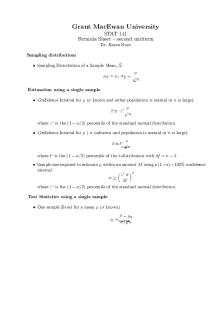
Lecture notes, lecture formula 2
- 1 Pages

2 Biodiversity - Lecture notes 2
- 33 Pages

Chapter 2 - Lecture notes 2
- 30 Pages
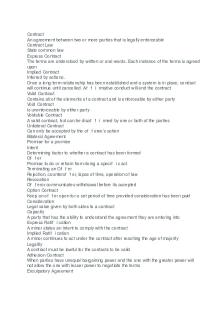
Blaw 2 - Lecture notes 2
- 4 Pages

Chapter 2 - Lecture notes 2
- 4 Pages
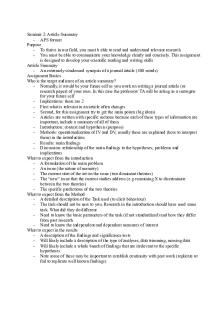
Seminar 2 - Lecture notes 2
- 2 Pages
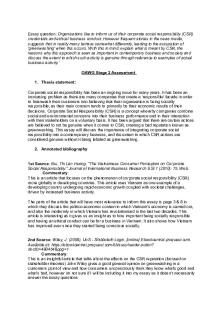
Stage 2 - Lecture notes 2
- 3 Pages
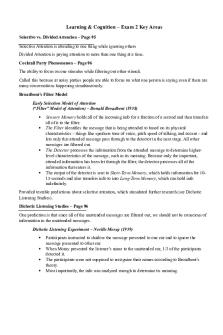
Exam 2 - Lecture notes 2
- 5 Pages
Popular Institutions
- Tinajero National High School - Annex
- Politeknik Caltex Riau
- Yokohama City University
- SGT University
- University of Al-Qadisiyah
- Divine Word College of Vigan
- Techniek College Rotterdam
- Universidade de Santiago
- Universiti Teknologi MARA Cawangan Johor Kampus Pasir Gudang
- Poltekkes Kemenkes Yogyakarta
- Baguio City National High School
- Colegio san marcos
- preparatoria uno
- Centro de Bachillerato Tecnológico Industrial y de Servicios No. 107
- Dalian Maritime University
- Quang Trung Secondary School
- Colegio Tecnológico en Informática
- Corporación Regional de Educación Superior
- Grupo CEDVA
- Dar Al Uloom University
- Centro de Estudios Preuniversitarios de la Universidad Nacional de Ingeniería
- 上智大学
- Aakash International School, Nuna Majara
- San Felipe Neri Catholic School
- Kang Chiao International School - New Taipei City
- Misamis Occidental National High School
- Institución Educativa Escuela Normal Juan Ladrilleros
- Kolehiyo ng Pantukan
- Batanes State College
- Instituto Continental
- Sekolah Menengah Kejuruan Kesehatan Kaltara (Tarakan)
- Colegio de La Inmaculada Concepcion - Cebu



